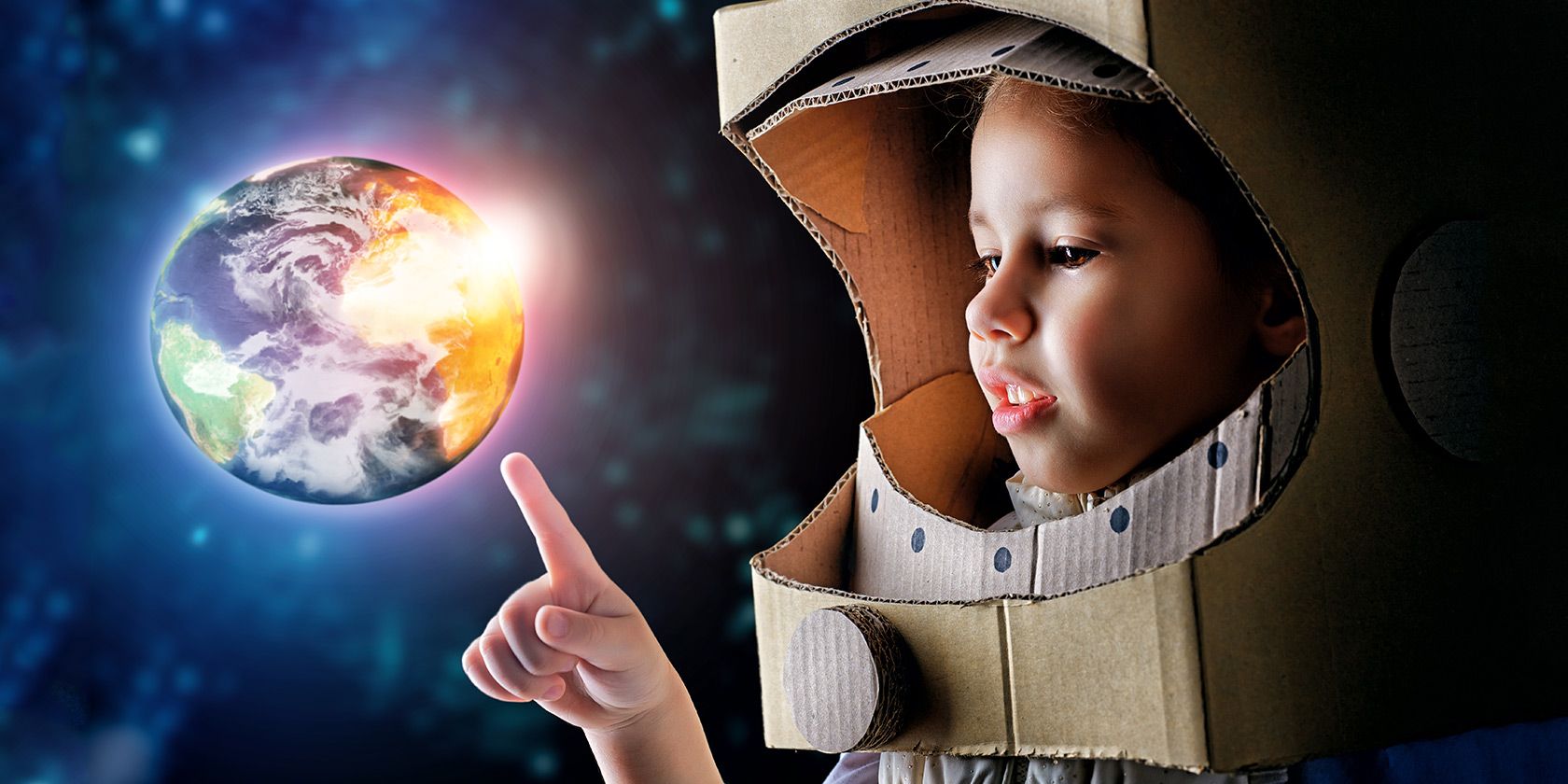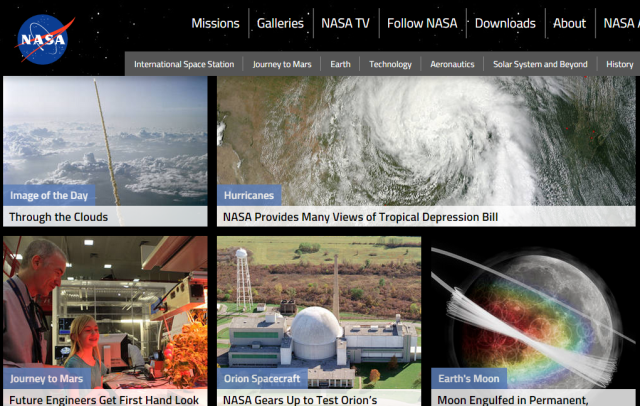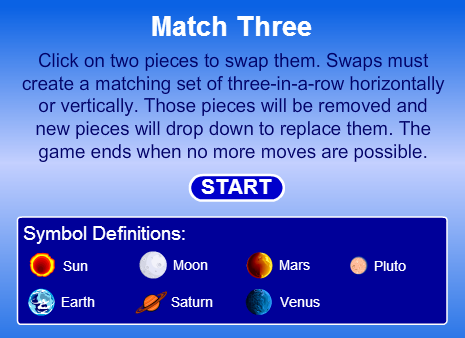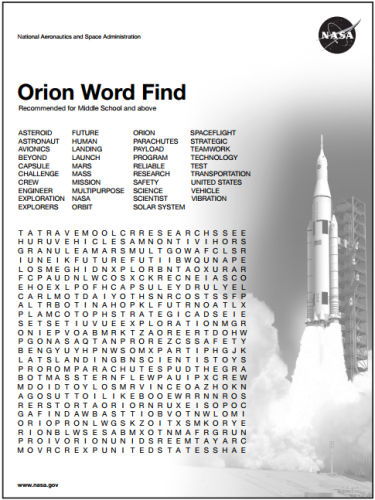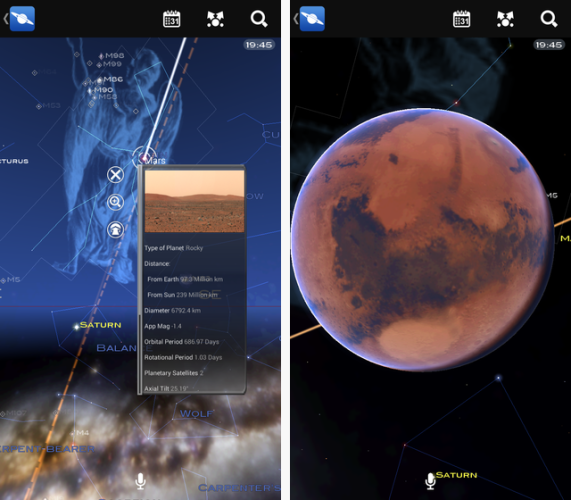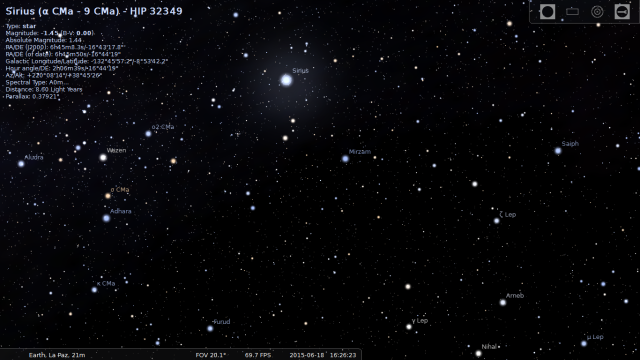The solar system, the universe, and the stars have long held a spell over us. Since the days of the Mesopotamians – the oldest civilization in the world – humans have stared up at the skies and wondered about its mysteries. It's given birth to myths, legends, and gods – and even today it astounds us with its seemingly daily revelations.
Look up at the stars and not down at your feet. Try to make sense of what you see, and wonder about what makes the universe exist. Be curious. Stephen Hawking
Ask any child what they want to be when they grow up, and the chances are that "astronaut" will be near the top of the list – right alongside fireman and nurse. Even for adults, the idea of going into space is at the top of lots of bucket lists.
Unfortunately, the chances of becoming an astronaut are infinitesimally small. Since Russian cosmonaut Yuri Gagarin became the first man to go into space in April 1961, only a further 535 people have followed in his footsteps – a mere 0.000000071 percent of the world's population.
Nonetheless, it is still possible. Here are some ways that you can use technology to help launch the dream:
The Requirements
The first thing to do is understand exactly what the entry requirements are. Thankfully, the Internet is dripping with resources and guidelines, but the most authoritative voice on the matter comes straight from NASA's homepage.
They outline three basic requirements –
- A Bachelor's degree in engineering, biological science, physical science, or mathematics.
- 1,000 hours of flying time in a jet plane.
- A physical exam.
It's important to remember there are minimum and maximum heights, so if your child is showing signs of having an above average height it might be better to try and guide them towards basketball instead!
Sparking the Interest
Research repeatedly suggests that children are at their most impressionable up to the age of eight. That means that introducing them to some space-themed games from a young age could have profound consequences on their interests in later life.
A simple game for very young children is Celestial Match Three, which introduces them to the solar system (the sun, the moon, Mars, Pluto, Earth, Saturn and Venus) while also enhancing their motor skills.
Alternatively, the NASA website offers a "Kids' Club", which has a games section dedicated to the Orion spacecraft. Orion is still being developed by NASA, but when complete it will be able to carry four astronauts to and from the International Space Station and act a springboard to facilitate human exploration of asteroids and Mars. The games on the site include mazes, connect-the-dots, word searches, coloring books, and various activity sheets. They are all free.
Slightly older children could try a more up-tempo game such as the classic arcade game Asteroids. It was initially released in November 1979 by Atari and was ultimately developed on several handheld games consoles of the 1980s and early 1990s. To play it today you can either use a Gameboy emulator or just play a Flash version in your browser.
Explore the Stars
Once those initial years have been passed and your child has become sufficiently interested in the final frontier, it's time to start to move onto more educational material.
One of the first things they should learn about are the stars and the constellations. For this you have two options – your smart device or your computer.
There are lots of astronomy apps out there – but some of the better ones include Star Chart and Google Sky. Star Chart is available on Android and iOS, but Google's offering is only on Android. They both allow you to point your phone anywhere at the night sky to reveal exactly what you're looking at.
If you'd rather use your computer, the widely-acknowledged best online planetarium is Stellarium. It is a free, open source program that includes over 600,000 stars (which g to goes up to 10 million with add-ons and plug-ins), constellations for more than 20 different cultures (both ancient and current), the full Messier catalogue, and a dazzling array of visualizations, customizations, and GUI features.
This is also a good time to introduce your child to the Kerbal Space Program. It's an educational game that lets you develop a space program and explore the stars while adhering to orbital physics and real-life spacecraft components. It can be confusing for new users, but it has been widely praised for making the difficult concepts of spaceflight accessible to the masses.
Watch and Learn
The universal interest in space is reflected in the huge amount of videos and imagery available to further cultivate your child's passions.
As ever, a good starting place is YouTube. The official NASA channel is a rich resource, offering lectures, documentaries, and on-board interviews and footage directly from space. Alternatively, check out Space.com's channel. Space.com is one of the largest space and astronomy news websites on the web, and their YouTube videos boast an impressive array of informative and educational content.
You can also use YouTube to further pique their curiosity. For example, you could try watching "10 Most Amazing Things Ever Found In Space" – it features a planet made of diamonds and a Mickey Mouse-shaped crater!
It's also important to make sure your child understands the risks involved with space travel. For a more sobering viewing experience, you should show them the two space shuttle disasters – Challenger in 1986 and Columbia in 2003.
Challenger killed seven people when it disintegrated over the coast of Florida just 73 seconds into its flight, while a broken piece of foam insulation caused Columbia to break up over Texas during re-entry – again killing all seven crew members.
There are also more conventional viewing experiences. One such example is the "I Want To Be An Astronaut" film. The movie looks at the current state of America's space program, what it has done in the past, and what we can expect from its future. Check out their website for screening times and locations near you.
Of course – images can be just as powerful as videos. There are lots of sites out there that'll let you view and download space images, the best two are arguably HubbleSite and NASA Images.
HubbleSite offers public domain images of space that were taken by the Hubble Telescope – one of the largest and most versatile space telescopes that we currently have in orbit (the Hubble Telescope also has a great YouTube Channel). NASA Images includes astrophotography, images of spacecraft, pictures of astronauts, and more.
I Spy with My Little Eye
Perhaps the most important thing in terms of getting a child interested in space is getting them to see it for themselves.
Readers who have seen the rings of Saturn through a telescope know that it's an unforgettable experience; something that stirs raw emotion deep inside you and gives a feeling that will stay with you for the rest of your life.
Interestingly, you don't need a telescope to see the night sky effectively – a pair of good binoculars will work just as well. The best all-round binoculars for astronomy are 10 x 50 (magnification x objective size). You can get larger ones, but they are heavier, require a tripod to combat "jiggling", and they reduce your field of view due to the increased magnification.
There are lots of sites out there to help you choose the best telescope or binoculars for your needs. Space.com has an excellent guide, as does Sky and Telescope. It's also worth checking out Reddit's telescope-specific subreddit – it's quite active and full of seasoned users offering advice and tips.
Social Media
Social media is a powerful tool for researching anything, and becoming an astronaut is no different. All the major space organizations have Twitter and Facebook accounts, as do several leading astronomers, scientists, and magazines.
Despite that, there is one person that must be followed ahead of all others - astronaut Chris Hadfield (@Cmdr_Hadfield). Described as "the most social media savvy astronaut ever to leave Earth" by Forbes, he has 1.38 million followers to whom he sent a stream of images, videos, and updates during his six month stay on the International Space Station in 2013.
Even now he is back on terra-firma, Hadfield posts informative tweets and provides a running commentary on the goings on in the space industry via his YouTube channel. Get your child to follow him and they're guaranteed to be inspired.
Oh – and his rendition of David Bowie's "Space Oddity" before his May 2013 return to Earth is not to be missed!
How Would You Inspire a Child?
Inspiring a child to do anything is an art form – but how would you launch a child's interest in a career amongst the stars?
Are there some resources we've overlooked? Have you found some of our tips worked better than others? Perhaps you child is already showing Sheldon Cooper-esque levels of intelligence and has discovered their own resources?
Have you got the next Neil Armstrong in your family? We'd love to hear from you – let us know your thoughts and feedback in the comments section below.
Image Credits: child astronaut Via Shutterstock

